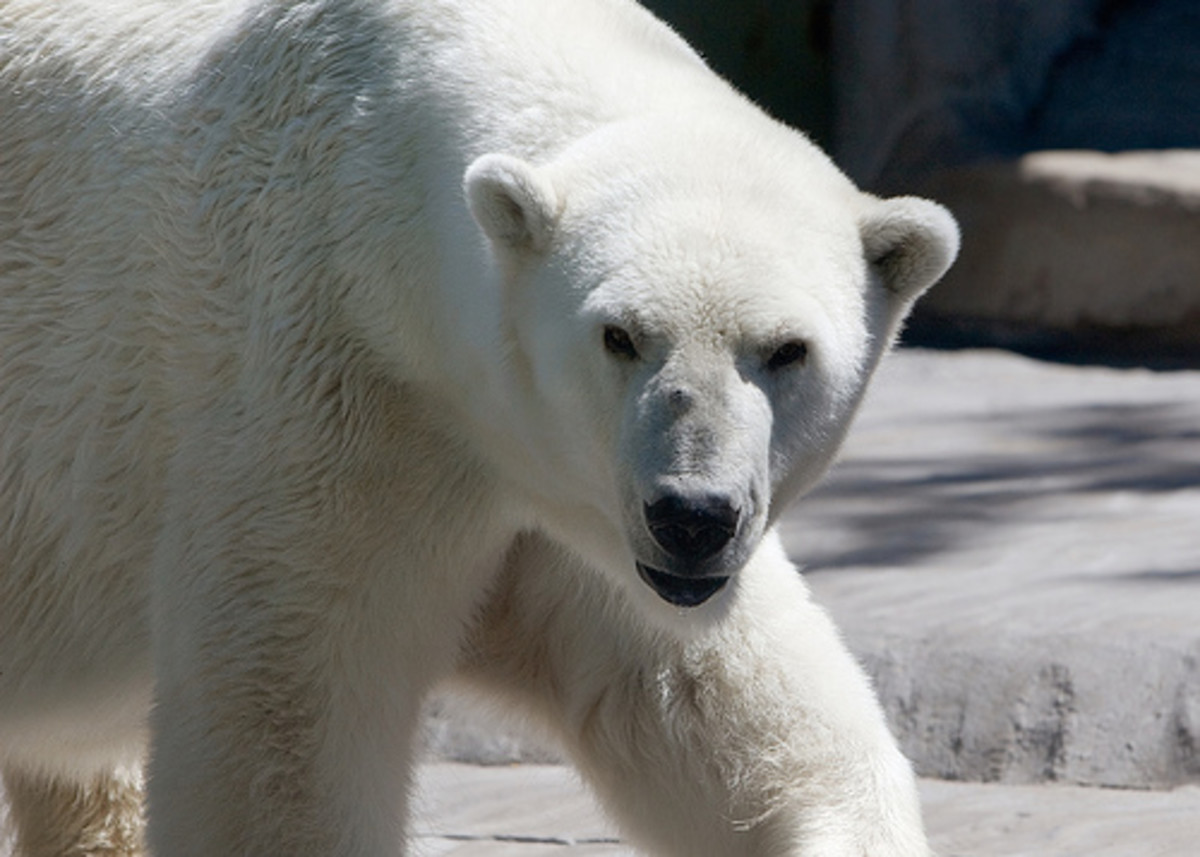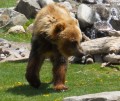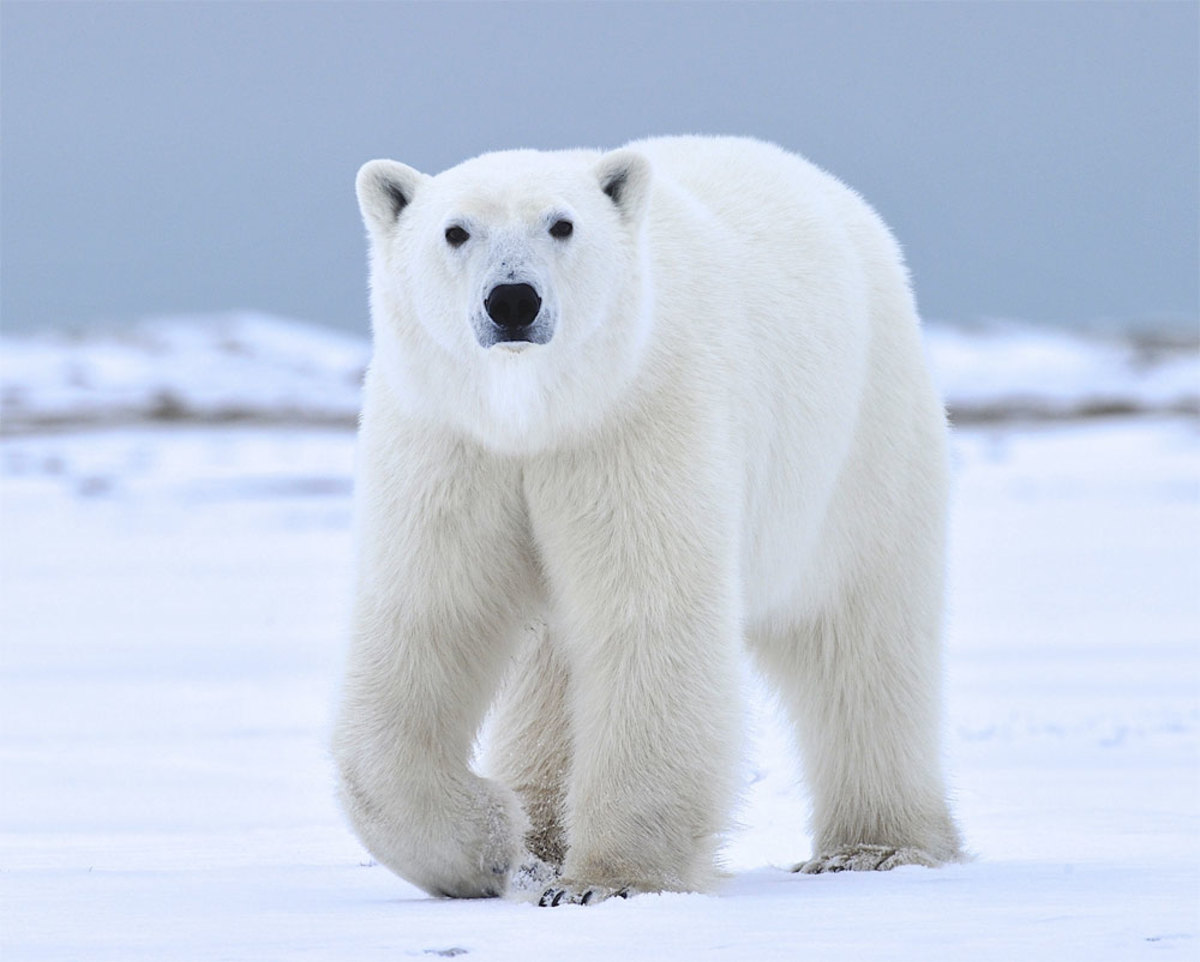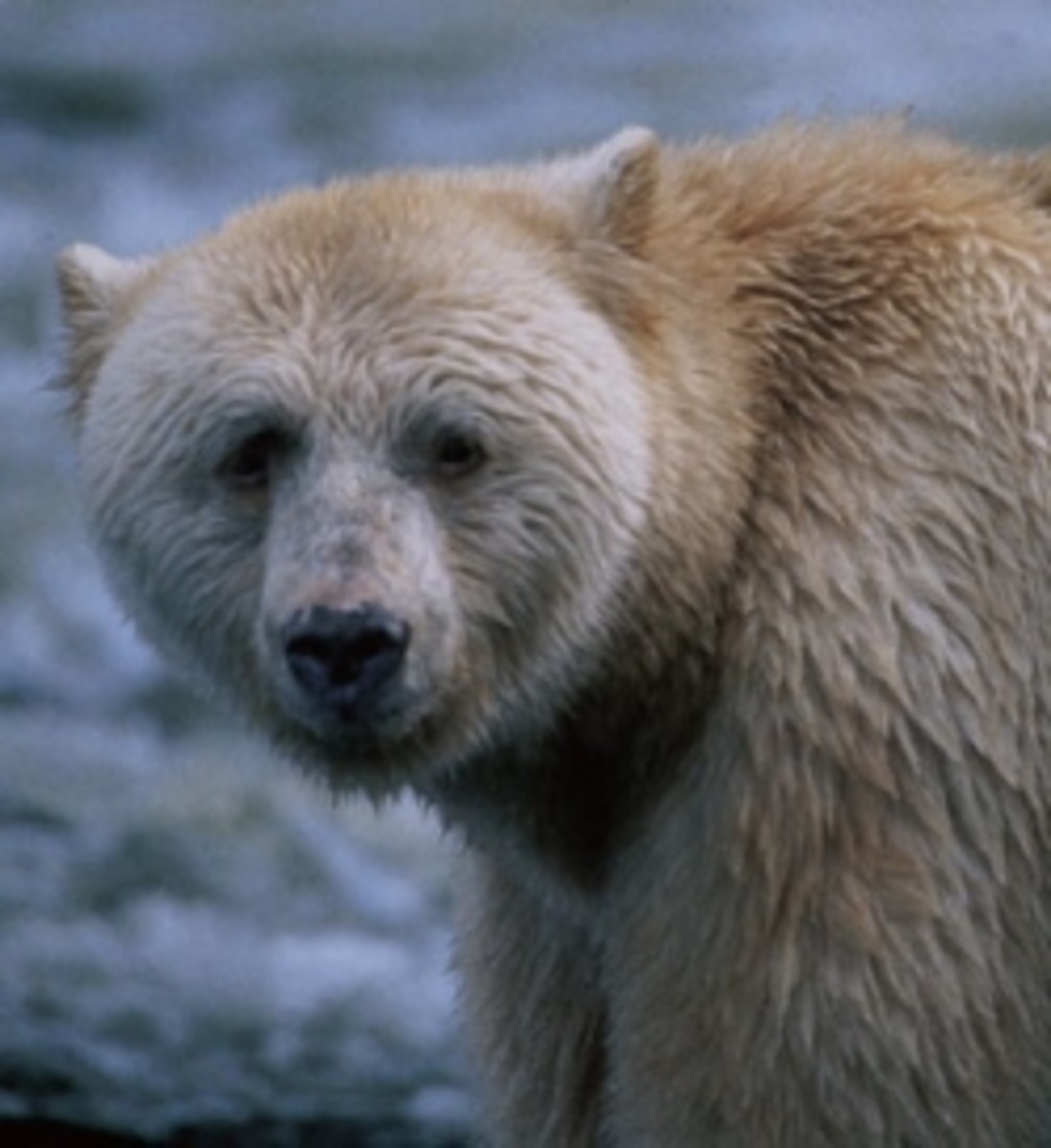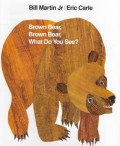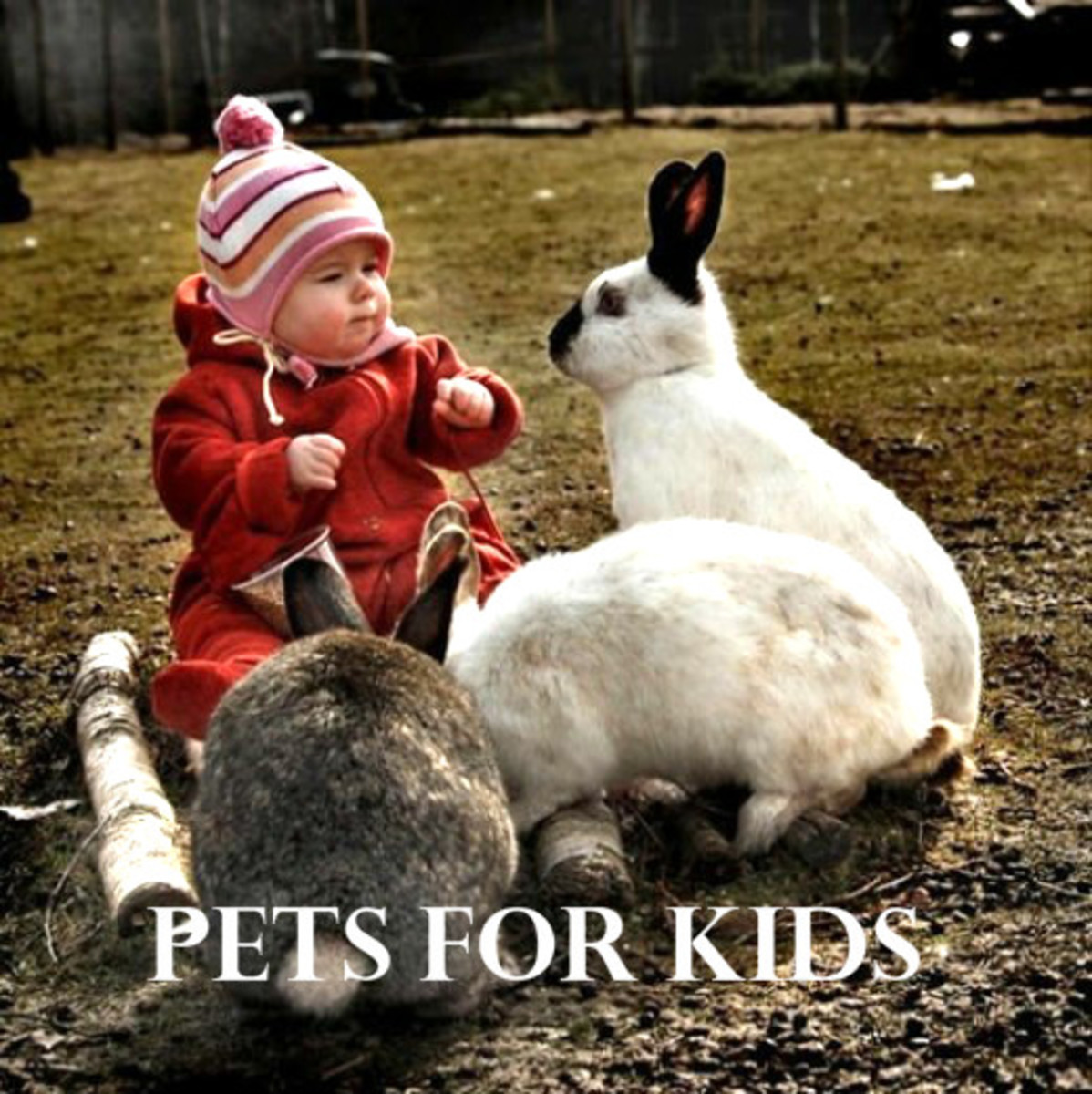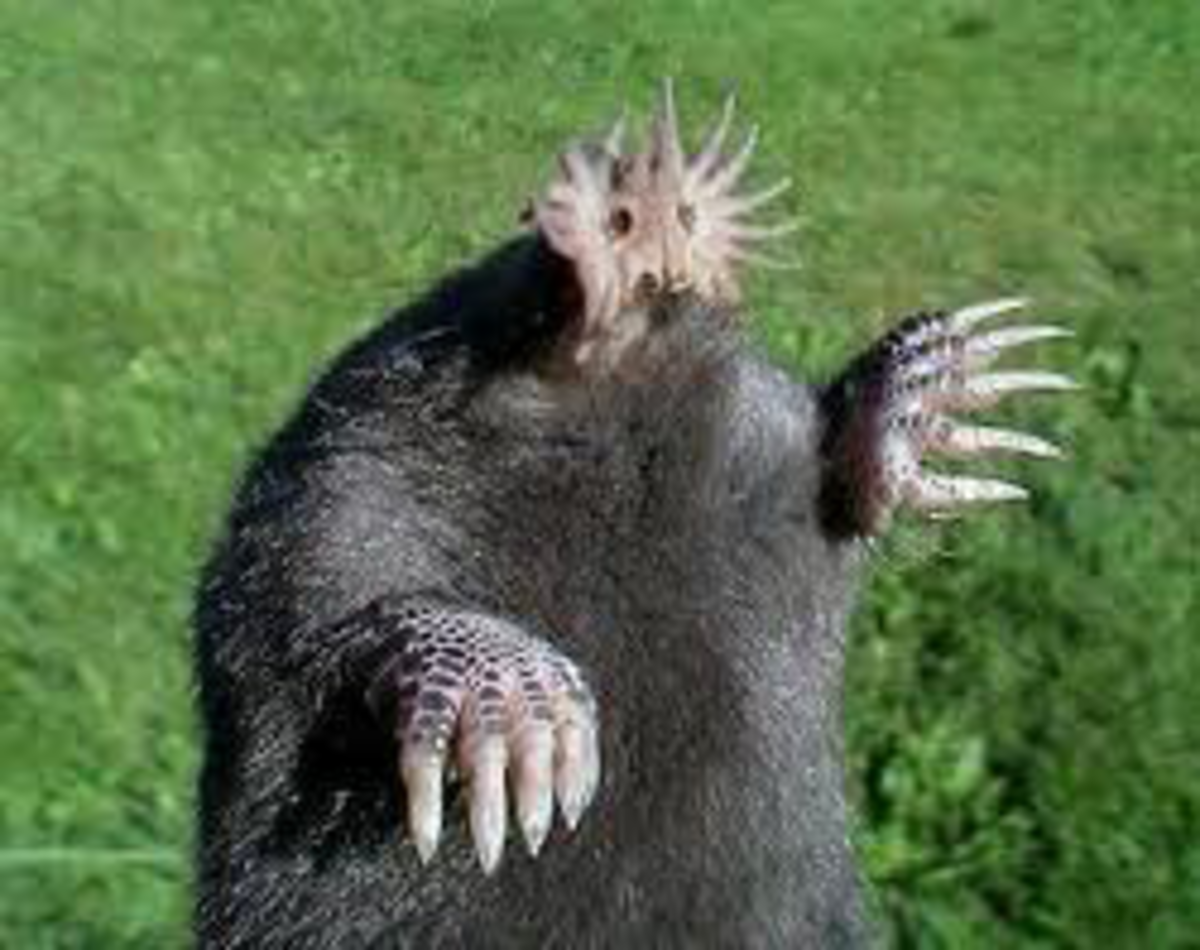Bears of Katmai - Alaska's famous brown bears
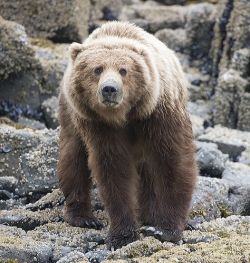
Experience Alaska's Wildlife
Since we moved to Alaska several months ago, we like to share with the world the richness of this sacred place. It is undoubtedly a very deep and soul-enriching experience to experience the Alaskan outdoors. Rich forests, mighty mountains and glaciers and abundant wildlife. This lense is dedicated to the brown bears of the Katmai National Park - Alaska's famous brown bears.
Oh, and by the way, sometimes in the fall, when we look out of the window, we see a black bear chewing grass.
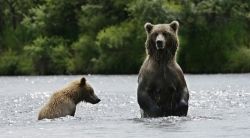
About the Alaskan Brown Bear
Physical Description:
This animal has a broad head, large jaws, strong body, heavy paws, powerful claws and a shaggy coats. It has a cinnamon colored coat and is very large. The Alaskan Brown Bears' height is 3 to 10 feet and their weight is from 60 to 1,720 pounds! Their tails range between 3 to 5 inches. The heel of the bear, rests on the ground, like a human foot. They are actually swift and agile animals and are able to stand on their hind legs and strike out with their front paws. Most bears climb trees easily and swim well. All bears have short, thick necks, a rounded head, pointed muzzle, short ears and small eyes.
Food:
Alaskan Brown Bears, including other bears eat anything that is edible, such as, fish, livestock, rodents, deer, elk and many other animals. To catch rodents the bear uses his large claws to dig into the earth to get the rodent. It also eats berries and dead deer.
Shelter:
The Alaskan Brown Bear lives in caves and burrows to keep warm in the winter.
Lives:
The Alaskan Brown Bear lives in Alaska. The part of Alaska that the Alaskan Brown Bear lives in is Kee Nie Pulenceu. The Alaskan Brown Bear likes to live next to rivers because it is easier to catch fish.
Grizzly bear mother nursing cubs (closeup) - Closeup video of a wild Alaskan grizzly bear nursing her two cubs followed by a large male sniffing where she just
by John Teel
Grizzly bear cubs begin nursing when they are born in their mother's den during hibernation. Newborn cubs will usually nurse for less than 10 minutes every two to three hours. Grizzly cubs will continue to nurse for the next two to three years, depending on when their mother decides to wean them. Grizzly bear milk is roughly 30% fat. From an early age, grizzly cubs also eat solid food. During the summer in Hallo Bay, many cubs alternate between nursing, grazing on sedge grass and other vegetation, and eating clams and salmon procurred by their mother.
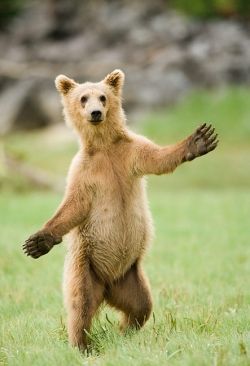
The Grizzly Bear, a animal like you and me
SENSE OF BEAUTY
-many people have witnessed bears in the wild partaking in unusual behavior such as sitting still for long periods of time in one spot doing apparently nothing but staring at scenic vistas such as sunsets, lakes and mountains. There is very little explanation as to what use or purpose is in this behavior except in theorizing that the bears merely find such views to be aesthetic and "beautiful".
ALTRUISM
-In some cases bears care for each other, especially mothers for their cubs and siblings for each other. They will risk their lives, even fight to the death defending their own cubs or siblings from danger in some cases.
-bears do grieve for others, bear cubs wail when hunters shoot their mothers in front of them, and will moan and cry for weeks afterward in apparent grief. Although they may emotionally recover faster than humans do, they are not without love and altruism for others, and are deeply hurt, perhaps for life, when someone dear to them is taken away.
About Bear's Senses
Research from The Mary T. and Frank L. Hoffman Family Foundation
Smell
A bear's sense of smell is said to be even better developed than a dog's. Like most large-muzzled carnivores, bears rely on their sense of smell more than any other. Their large muzzles have a huge inner surface area covered tens of millions of olfactory nerves.
These are just a collection of my thoughts, they can't be proven scientifically, but I imagine that to have such an immensely sensitive nose as a bear, a sense of smell must be to them almost like touch is to us, a smell would be so powerful it would feel almost like a fluid flowing through your nose. From a distance you could know just about everything you need to know about someone or something you're curious about through smell, like being able to touch and feel something at a distance.
Imagine if we perceived our world mainly through smell like bears and most other carnivores- what would things be like? It is possible we could have developed a written language in scent, or any other visual or audio media we are familiar with might be instead in the form of some sort of complex array of scents. Most carnivores are smell-oriented animals, and they experience their world differently than we do, through their noses.
Hearing
Bears, like dogs, have superior hearing that is very sensitive, especially to high-pitched sounds. Their ears are almost periscopic, able to rotate and focus on different sounds. They are unique among carnivores in that they have rounded, mouse like ears instead of triangular shaped ears that most of their procyonid and canid cousins have.
A few more notes on their ears, most people don't realize that a bear's ears are actually an effective way to recognize a bear's emotions and thoughts! Unlike primates like humans, bears do not have expressive faces like ours. Bears instead have more subtle expressive displays, in the movement of their ears and the position of their head. If a bear's ears are pointing forward, the bear is usually at ease, and may feel curious or playful about something or someone. However, if a bear's ears are pointing back and are flattened against the head, this often means that the bear may feel miffed or annoyed, or even angry and aggressive.
Eyesight
Contrary to popular belief, bears can see in full color, and have binocular vision that allows them to judge distance accurately. They are not myopic, or nearsighted, but have binocular vision that allows them to judge distance accurately. Their eyesight is about as keen as ours. Even as large as most bears are, their eyeballs are smaller in size than ours. Bears have the largest body size in comparison to eye size of any land mammal, and yet this doesn't seem to affect their vision in any negative way.
Touch
Little is known about a bear's sense of touch, but their paws can very dexterously manipulate a wide range of objects, from lifting huge boulders to picking tiny berries off a branch with their claws, and bears often touch their noses, lips and tongue up to objects to feel them. These areas are sensitive areas of flesh, and most likely to contain many neurons. Their paws may be quite sensitive to touch too.
Fishing
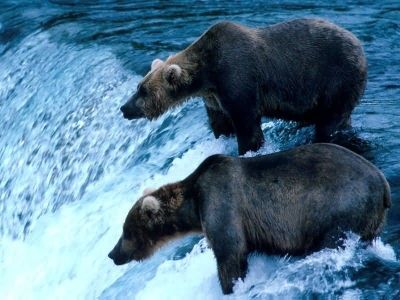
Are Grizzly bears dagerous?
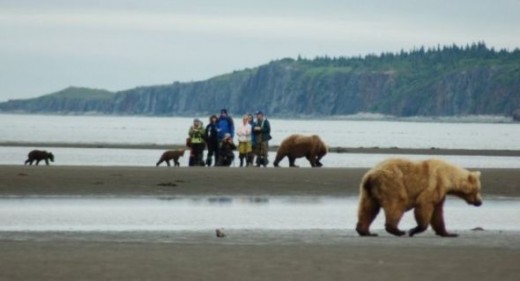
Most people that have spent any time around grizzlies have done so in places such as Yellowstone or the Canadian Rockies. Those grizzlies would never get so close. So what's the difference? There are many reasons and factors to consider. One primary difference is that many of the Katmai bears have never been hunted so they have not learned to fear man. In the natural world, grizzlies are at the top of the food chain and thus most have no natural fear of man or any other animals. I say most because you can never use blanket statements when describing complex intelligent animals like bears. Some bears are simply fearful of humans even if they've never had any negative experiences with people. Each and every bear is an individual and some individuals are more cautious of new things than others. Of course, in areas of Katmai that see lots of tourists (Brooks, McNeil, Hallo) the bears have become quite used to people and therefore will get much closer than bears in more remote parts of Katmai National Park.
Living in a compromised ecosystem makes survival especially difficult, increasing the personal space requirement of a bear and the potential for aggression. Typically the more food that is available the more sociable the bear and thus coastal grizzlies tend to be more sociable than inland grizzlies. Grizzlies that aren't hunted and that have plenty of natural food sources can be some of the safest animals in the world to be around. Most grizzly bears are so confident in their power and their position at the top that they pay weaker species, such as humans, almost no attention whatsoever. In general, grizzlies don't see humans as food or as competition so most are largely indifferent to our presence
Katmai Bear Sow & Cubs - thirty feet away from these amazing animals.
The bear as an essential part of human existence - our ancestors revered them as the symbol of loving mothers
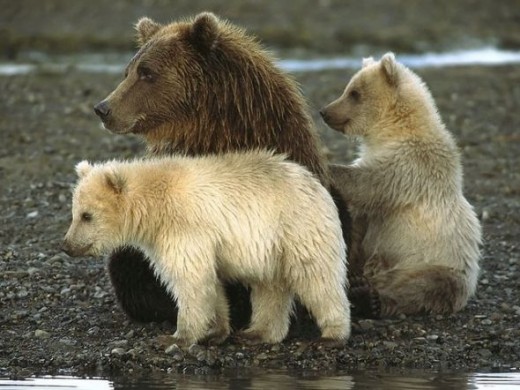
Bears are no doubt among the most influential animals humanity has ever encountered in our history, the bear is found in everything from our language, culture, psyche, pop culture, beliefs, ancient lore and mythology, religion, advertising, literature and common names. Though a symbol of the wild, they are found in all facets of our civilization, from our children’s books to billboards to cereal boxes. The bear is almost an essential part of human existence. Just as our ancestors revered them as the symbol of loving mothers, immense power and even death and rebirth, we too can do little to avoid noticing the mark they have left in our modern world.
To humans They are both the monsters of nightmares and the cuddly friends of childhood dreams. They are heroes and victims. They are wise and ferocious. They are compassionate yet mighty. They are Goddesses, Saints, mothers, daughters, elders, teachers, and sadly, ‘sporting’ game, too often gunned down for lucrative poaching and ego-feeding trophies. They are a symbol of all that man hates and fears, and all that man adores and reveres.
And sadly, today, they are also symbol of modern society's inability to co-exist with our native Terran kin and of the devastation that man has brought to God‘s wondrous natural creation on Earth.
The great bear, an archetypal symbol of the might and majesty of wild unspoiled nature, is now a threatened refugee of modern man’s sprawling “civilization“ and victim of his cruelty. Like so many other rare and incredible wild creatures, it seems as if there soon may be no place left on earth for bears to live and thrive in peace as God meant for them to.
But there is still hope. Bears can still be saved.
If we can learn to co-exist with bears, and are willing to allow them a place on this Earth to share with us, then we may also be blessed with a great discovery, as we find a place in our hearts for them as well.
If we can rekindle our ancient kinship with the bear, then we can as well with all life, and rediscover our place in God‘s diverse family.
And we will all be blessed the more for it.
http://www.all-creatures.org/bear - A great resource for information on bears and bear conservation.
Community Grizzly bear catching salmon in Katmai National Park, Alaska - A male grizzly bear in Katmai National Park catches a salmon at Brooks Falls.
by john Teel
Brown Bear Cubs
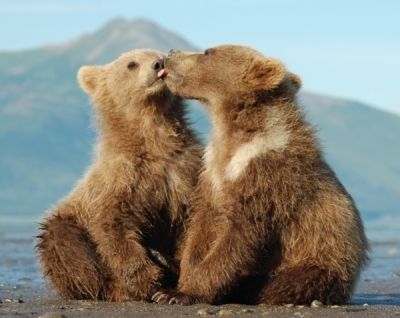
Protect the Bears
Despite the outpouring of protest to the hunting of bears in the Katmai Preserve, Alaska Governor Sarah Palin and the Board of Game have yet to close hunting in the preserve. Even the majority of sport hunters in Alaska oppose the shooting of habituated bears, yet Palin and officials choose to ignore even them. The Alaskan government has such a vested interest in maintaining sport hunting, and destroying the bear viewing industry that generates millions of dollars a year for the state. It makes you wonder what kind of pay off they are getting to ignore the wishes of the majority of Alaskans in regards to this issue.
Do you oppose bear hunting in the Katmai Preserve?
Brown bear eating salmon - Brown bear eating a salmon at Brooks Lodge in Katmai National Park, Alaska
Bear and Katmai Paraphenalia





Grizzly cubs (1st year) playing - Grizzly bear spring cubs playing in Katmai National Park
by John Teel
Visit www.grizzlybay.org
John and Jessica from grizzlybay.org are two of only a handful of people to camp with grizzly bears on the coast of Katmai National Park in Alaska. They work to teach people that peaceful bear-human coexistence is possible and that grizzly bears are one of the most intelligent animals on the planet.
Grizzly Links
- The National Park Service website for Katmai National Park and Preserve
Information on the Katmai National Park and Preserve - McNeil Bears
This organization fights to protect grizzly bears in the McNeil River State Sanctuary which is North of Katmai National Park. - All Creatures
A great resource for information on bears and bear conservation.
Thank you for visiting.
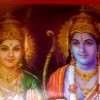
![Great Bears of Alaska [VHS]](https://m.media-amazon.com/images/I/51P8H8RB0CL._SL500_.jpg)
